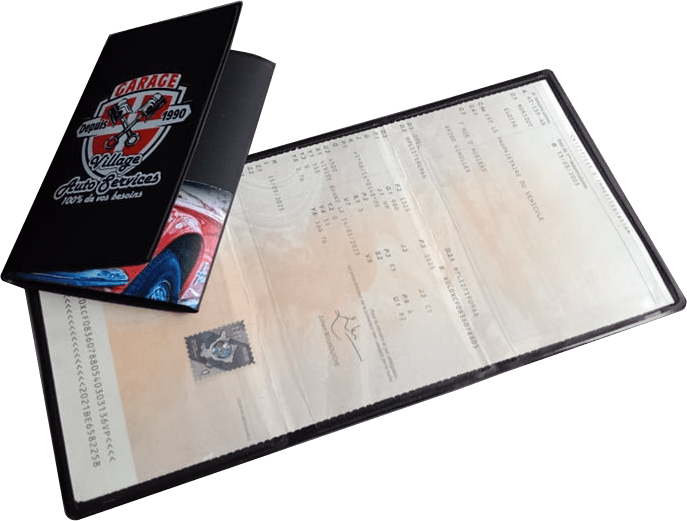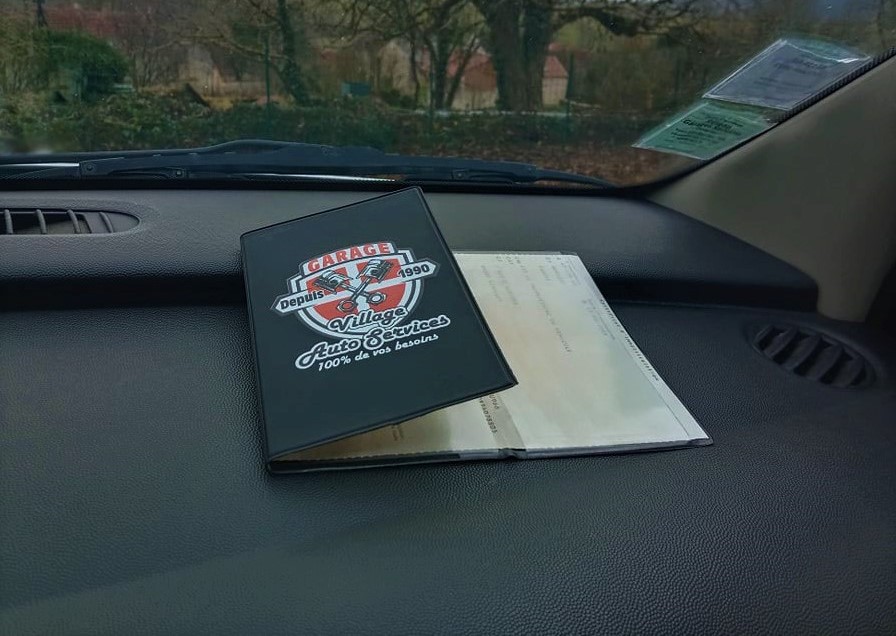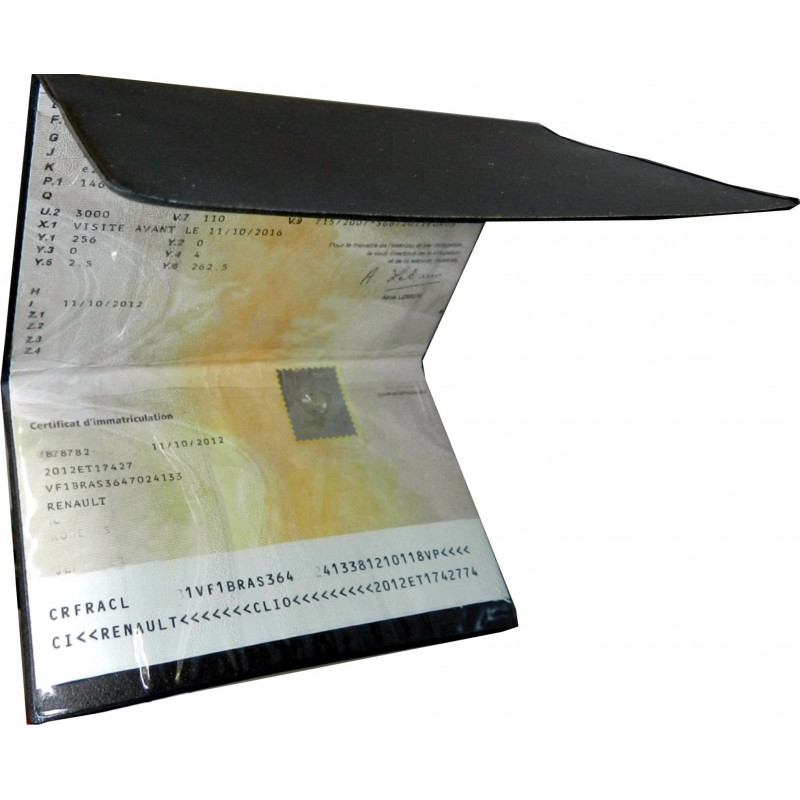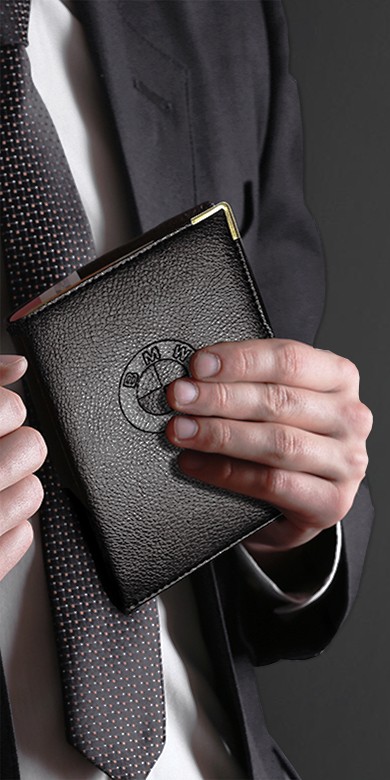
Etui Porte Carte Grise Concessionnaires Peugeot Renault Citroën BMW AUDI VW Mercedes Toyota Ford DS... - Porte clés Personnalisés
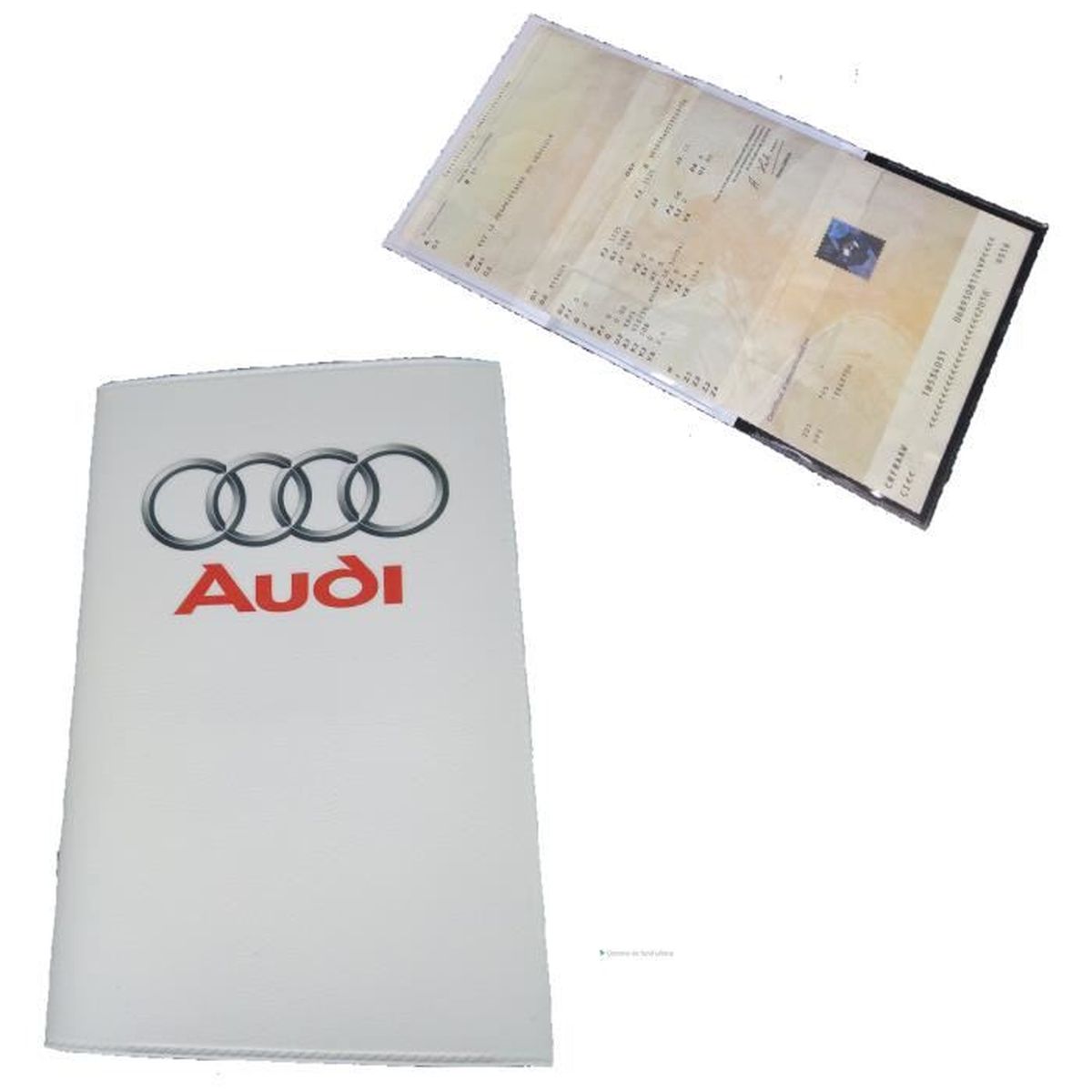
Etui en pvc Souple AUDI 3 Volets pour Carte Grise Voiture Pochette Porte Carte - Cdiscount Bagagerie - Maroquinerie

Pochette Carte Grise Transparente x3 (Fabriqué en France) Lot de 3 Étuis Protege Carte grise et Assurance pour Documents Voiture Moto Permis Chasse - Etui Porte Papier Voiture (GARANTIE A VIE), B

Pochette Carte Grise - Etui en lot 10 Porte cartes grise pour Protéger papier Assurance Auto, Moto, Permis - Pack de Pochettes Accessoires Voiture en gros Finition Transparente Porte Papier Voiture :




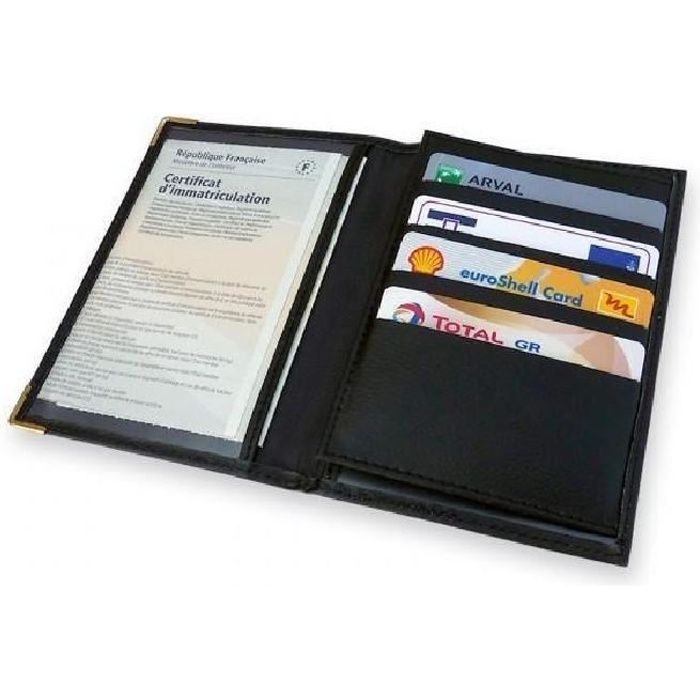
![Porte Carte Grise sympa... - Autres Produits - AudiPassion [4Legend.com] Porte Carte Grise sympa... - Autres Produits - AudiPassion [4Legend.com]](https://forums.audipassion.com/uploads/post-3964-1118579946_thumb.jpg)












